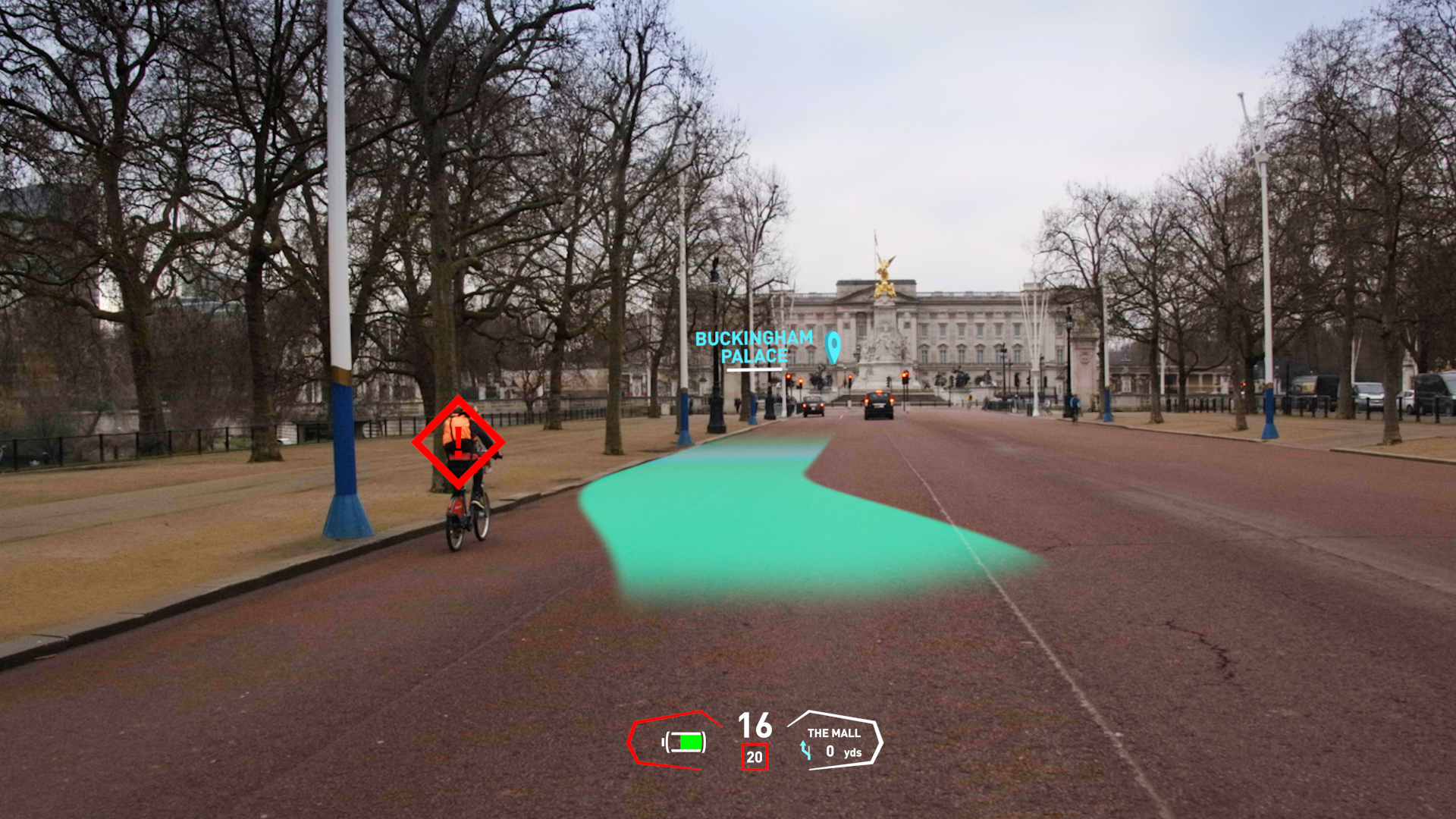 EMERGING TECH
EMERGING TECH
 EMERGING TECH
EMERGING TECH
 EMERGING TECH
EMERGING TECH
Envisics Ltd., a United Kingdom-based holographic augmented display maker for inside cars, closed a $100 million Series C round on Monday to continue development of heads-up display technology that can be installed in cars to increase driving safety.
TechCrunch first reported on the round. Envisics originally announced receiving a $50 million portion of the funding in March at a $500 million valuation.
The initial investment was led by Hyundai Mobis with participation from InMotion Capital, the investment arm of Landrover Janguar Automotive PLC, and Stellantis N.V. The new round attracted a few new investors, including M&G Investments.
Holographic technology inside cars acts as “heads-up displays” on the windshield to provide navigational, informative and warning displays for the driver in a way that doesn’t distract from driving so that it can be seen without glancing away from the road.
Using intelligent systems, Envisics displays can identify objects in the view of the windshield and overlay it with “holograms” that match what the driver can see and provide suitable symbols or navigational aids. A safety example could be warning markers that appear on vehicles or pedestrians that are too nearby to make them more visible for safety. For navigation, “turn” arrows would appear in the air or on the road itself to show where to maneuver.
Envisics has been moving closer to commercializing its products by partnering with major automotive manufactures, which have signaled their intent to embrace AR technology in their vehicles. In 2010, Jaguar Land Rover became the first automaker to incorporate Envisics holographic applications and was the first customer of its technology.
At the time of the company’s Series C announcement, General Motors also confirmed that it would be adding the company’s second-generation AR-HUD displays to its upcoming models with the all-electric 2024 Cadillac Liriq.
“This innovation will further elevate the driving experience in the Liriq, adding a second plane of graphics that gives drivers more immersive information integrated within their natural field of vision,” said Sandy Lipscomb, senior manager of Ultifi design at GM.
Envisics has also partnered with Panasonic Automotive Systems, a major supplier of automotive electronics under the Japanese multinational parent company Panasonic Holdings Corp. This partnership is aimed at giving Envisics a much broader customer base since Panasonic ships to car makers and suppliers globally.
Because of its potential for increasing driver safety, carmakers have been working to build AR-HUD technology into their vehicles. It has appeared in two of BMW’s concept cars, the Dee and Vision Neue Klasse, both of which feature augmented reality displays. Although BMW did not comment on what technology was used, it previously partnered with Helsinki-based Basemark Oy.
Other AR-HUD technology companies such as Harman International Industries, a subsidiary of Samsung Electronics Co. Ltd., and automotive AR maker WayRay SA have also become more prominent in the past years as the technology has begun to get a foothold.
THANK YOU